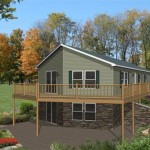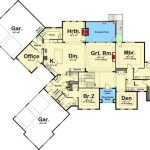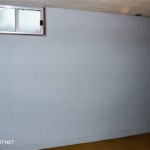Basement Floor Plans For 1000 Sq Ft: Essential Considerations
Designing a basement floor plan for a 1000 square foot space requires careful planning to maximize functionality and create a comfortable living area. Here are some essential aspects to consider when creating a layout for your basement:
1. Purpose and Usage
Determine the primary purpose of your basement. Will it be used as a family room, home office, guest suite, or entertainment space? Understanding the intended usage will guide the layout and design choices.
2. Room Layout
Divide the 1000 square feet into distinct functional areas. Common room configurations for a 1000 square foot basement include:
- Open floor plan with a combination of living, dining, and kitchen areas
- Dedicated family room with a separate home office or guest suite
- Two separate living spaces, one for entertainment and one for relaxation
3. Flow and Circulation
Create a logical flow between the different areas of the basement. Consider traffic patterns and ensure easy access to all rooms and amenities. Wide hallways and clear sightlines enhance the overall functionality of the space.
4. Natural Light
Basements typically have limited natural light. Incorporate windows or skylights to bring in as much natural light as possible. This not only improves the ambiance but also reduces energy consumption.
5. Ceiling Height
The ceiling height of the basement can impact the overall feel of the space. Consider raising the ceiling in areas where headroom is limited, such as the living room or home office. This creates a more spacious and inviting atmosphere.
6. Storage and Utility Spaces
Basements offer an excellent opportunity for additional storage. Designate specific areas for storage closets, built-in shelving, or a dedicated utility room for housing appliances or mechanical equipment.
7. Plumbing and Electrical
Ensure proper plumbing and electrical infrastructure is in place to support the functionality of the basement. Plan for bathrooms, kitchens, and laundry areas where necessary. Consider upgrading the electrical system to accommodate additional lighting, appliances, and electronics.
8. Egress and Safety
In case of emergencies, provide multiple egress points from the basement. This may include exterior doors, windows that meet egress requirements, or interconnected smoke detectors and alarm systems.
9. Finishes and Materials
The choice of materials for the basement finishes should consider both aesthetics and functionality. Select durable and moisture-resistant materials for flooring, walls, and ceilings. Consider using sound-absorbing materials to minimize noise transfer between the basement and other levels of the house.
10. Budget and Timeline
Establish a realistic budget and timeline for your basement renovation. Consider the cost of materials, labor, and permits. Allow for unexpected expenses and potential delays to ensure the project stays within budget and schedule.
By thoughtfully considering these essential aspects, you can create a basement floor plan that meets your specific needs and creates a comfortable and functional living space.
Pin Page

The Carlson Group Llc Basement Floor Plans

Basement Floor Plans

Floor Plan Basement Remodel

Basement Floor Plans

Basement Layout Plan

Basement Floor Plans

Our Top 1 000 Sq Ft House Plans Houseplans Blog Com

Our Top 1 000 Sq Ft House Plans Houseplans Blog Com

Choosing A Basement Floorplan Builders
See Also








